Community ScIenceAre you interested in helping protect Georgia’s birds?
|
community Science Opportunities
A real-time, online checklist program, eBird has revolutionized the way that the birding community reports and accesses information about birds. Launched in 2002 by the National Audubon Society and the Cornell Lab of Ornithology, eBird is an online database that allows you to record the birds you see, keep track of your bird lists, explore dynamic maps and graphs, share your sightings with other birders, and contribute to science and conservation. Learn more at eBird.org.
Launched in 1998 by the Cornell Lab of Ornithology and National Audubon Society, the Great Backyard Bird Count was the first online citizen-science project to collect data on wild birds and to display results in near real-time. Now, more than 160,000 people of all ages and walks of life worldwide join the four-day count each February, usually President's Day Weekend, to create an annual snapshot of the distribution and abundance of birds.
We invite you to participate! For at least 15 minutes on one or more days of the count, simply tally the numbers and kinds of birds you see. You can count from any location, anywhere in the world, for as long as you wish! Visit the Great Backyard Bird Count website to learn more or sign up.
We invite you to participate! For at least 15 minutes on one or more days of the count, simply tally the numbers and kinds of birds you see. You can count from any location, anywhere in the world, for as long as you wish! Visit the Great Backyard Bird Count website to learn more or sign up.
The Christmas Bird Count was founded by the National Audubon Society in 1900, and is the longest-running citizen science survey in the world. Christmas bird counts take place in a pre-set area (“circle”) on one day between the dates of December 14th and January 5th each year.
2021-22 Atlanta Area Christmas Bird Counts:
For a complete listing of Christmas Bird Count dates, locations, and coordinators, please visit the Georgia Ornithologic Society website.
There is also a Youth Christmas Bird Count each year sponsored by the Georgia Department of Natural Resources. For more information on this event, please visit the Youth CBC page.
2021-22 Atlanta Area Christmas Bird Counts:
- Roswell, Thursday, December 16, 2021. Contact: Nikki Belmonte.
- Peachtree City, Sunday, December 19, 2021. Contact: Michelle Hamner.
- Marietta,, Sunday, December 19. Contact Bob Zaremba
- In-town Atlanta, Sunday, January 2, 2022. Contact: Joy Carter.
- Amicalola, Sunday, January 2, 2022. Contact: Georgann Schmalz.
For a complete listing of Christmas Bird Count dates, locations, and coordinators, please visit the Georgia Ornithologic Society website.
There is also a Youth Christmas Bird Count each year sponsored by the Georgia Department of Natural Resources. For more information on this event, please visit the Youth CBC page.
NestWatch is a monitoring program focused on understanding reproductive biology in birds. This Cornell Lab of Ornithology program teaches users how to find and safely document nesting attempts and compiles that information into a database available to novices and scientists alike. Birds Georgia is now an official chapter of NestWatch, providing workshops on this program as well as local expertise on nesting ecology. For more information on how to get involved, email Adam Betuel, Conservation Director.
Hummingbirds at Home is run by the National Audubon Society. This program was developed to collect data on how hummingbirds interact with nectar sources so that we can begin to understand how hummingbirds may be impacted by changing flowering patterns and climate change. A simple mobile phone app makes your reporting a snap. For more information, visit the Hummingbirds at Home website.
Project Feeder Watch is run by the Cornell Lab of Ornithology. It is a winter-long survey of birds that visit feeders at backyards, nature centers, community areas and other locales in North America. Participants count the birds at their feeders at least two times each winter and enter their sightings on a website. There is a small fee to participate. For more information, visit the Project Feeder Watch website.
The Brown-headed Nuthatch is steadily declining in Georgia. Help curb this trend by installing a nest box and monitoring nesting activity. Visit our Brown-headed Nuthatch page for more information.
Project Safe Flight is a conservation effort to further understand the issue of bird/building collisions. The goal of this project is to determine what species are colliding with buildings, how many birds are affected, and what can be done to make Georgia a more bird-friendly region. D-bird ATL is a website that allows users to submit data about birds that have collided with one’s home or workplace. Lights Out is a voluntary program encouraging building owners and residential homeowners to turn off or reduce lighting from midnight to dawn during the peak bird migration periods. The goal of all three programs is to create a safe path through the state for migrating birds and to make the Georgia a Bird-Friendly Community.
Local Breeding Bird Surveys are conducted by the Georgia Department of Natural Resources. The Breeding Bird Survey is an international monitoring program that tracks population trends of birds in southern Canada, the U. S., and Mexico. It had been run continuously since the late 1960s. Participants commit to a least one day per year to count birds by sight or sound on a car-driven route. Participants should be experienced birders.
The Fernbank Museum of Natural History has teamed up with the Smithsonian Migratory Bird Center to study the impacts of urbanization on birds. For more information, visit the Neighborhood Nestwatch website.
Climate Watch
Each year, Birds Georgia works with National Audubon on the Climate Watch Survey. Volunteers are asked to survey for two species—Eastern Bluebirds and nuthatches (including Brown-headed, White-breasted, and Red-breasted) during the survey period. The ability to distinguish these species by sound is extremely helpful, but not required. If you are interested in helping, email Adam Betuel, Conservation Director.


